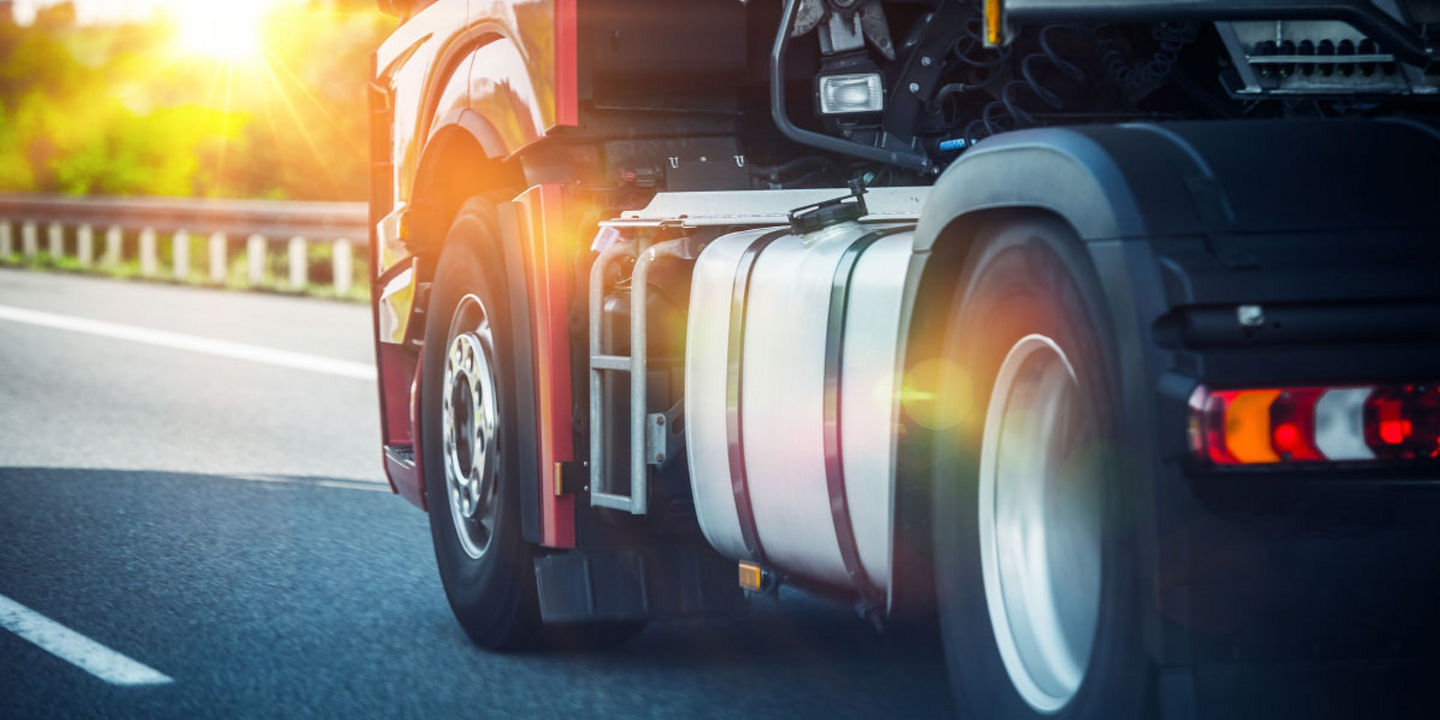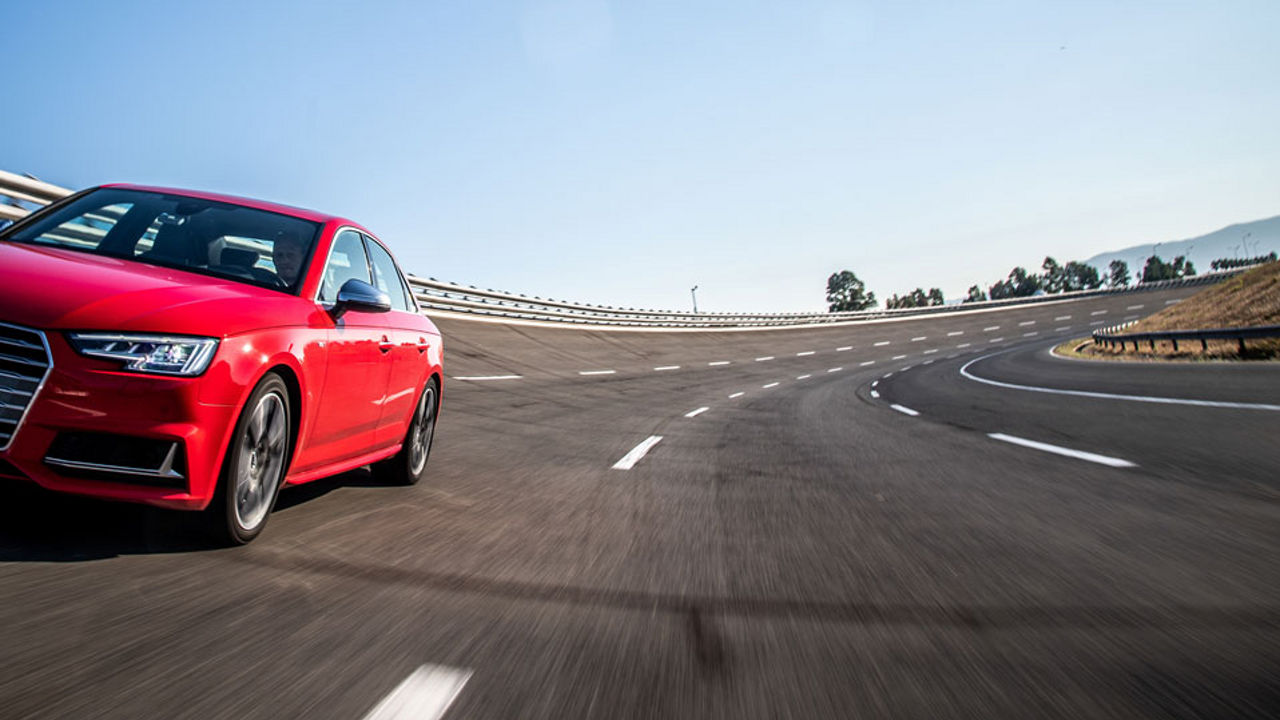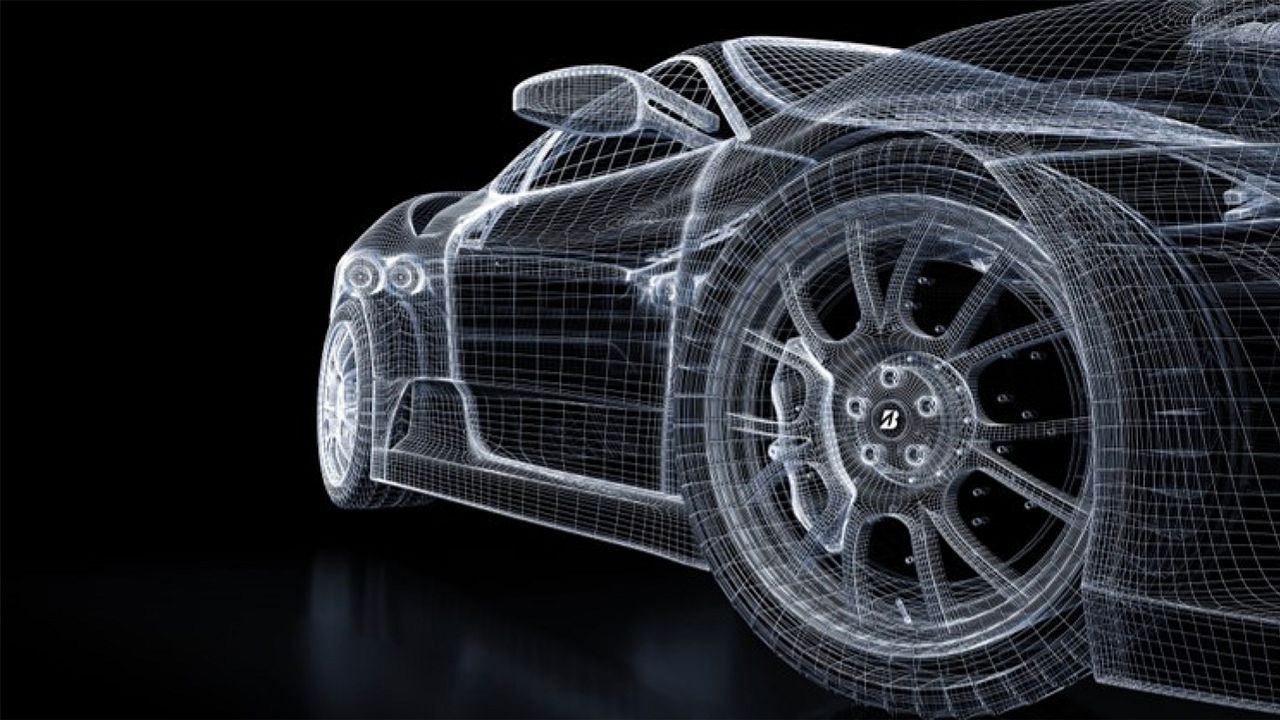Our easy Truck Tyre Size Guide will help you understand your truck’s tyres better. Tyres follow a common tyre size naming convention. You can find it on the sidewall of the tyre. The name would look something like this: 295/80R/22.5, depending on the actual tyre type and location.
Truck tyres are sorted into three categories. We will discuss them in the Tyre Axle section. Let us break down those tyre size numbers and show you what they mean.
Truck Tyre Size Numbers on Sidewall
There are two measurements used in defining tyre size, metric and imperial. We will explain both, but you can assume that most South African tyres are commonly measured using the metric system.
Here is the tyre size: 315/80R/22/5 156/150L
315 indicates the width of the tyre. It should be the same wherever you measure your tyre’s width across.
80R is the radial profile of a tyre, meaning the size of the radius measured on the wall when inflated.
22.5 indicates the size of the rim, with the 22.5 stating the size in inches.
156 Indicates the tyre’s load capacity, and 150L stated the tyre’s rotation speed.
When measured in imperial, the numbers on the sidewall will be displayed as follows: 10R17.5. The 10R is the tyre radial width and the 17.5 is the rim size. Imperial tyre sizes do not always indicate all the other factors that the metric system does.
Different Truck Tyre Axles
Truck tyres have different uses, depending on where they are located on the truck. These are defined by which axle they are located at. Here is a breakdown of truck tyre axle positions:
Steer – These tyres are situated in the front and manage the steering. Any input through the steering wheel will be controlled through them. They are disconnected from the engine to ensure effective steering control.
Drive – These are in the middle or near the truck engine. These tyres manage the engine output, driving the truck forwards or backwards. These tyres aren’t designed to turn like the front steer ones, but simply to rotate forwards or backwards. These are placed near the engine to keep the driveshaft short, and the power input from the engine efficient.
Trailor – These tyres are placed at the back and manage the control of the trailer. Unlike the steer and drive tyres, they only serve to keep the trailer upright. Trailer tyres only rotate forwards and backwards, they do not turn sideways and are not connected to the engine.
Getting the Right Truck Tyres Fitted
Truck tyres need to be managed effectively and kept to a great standard to ensure road safety. There are various road safety regulations truck tyres must abide by. Owners will face hefty fines if they are caught exceeding their limits.
To ensure your truck tyres meet the road safety standard, visit a Bridgestone dealership near you. Let our experts review your truck tyre size and quality. You’ll drive away safe in the knowledge that your truck tyres are perfectly suited for the tasks ahead. Contact a Bridgestone dealership today for assistance.



